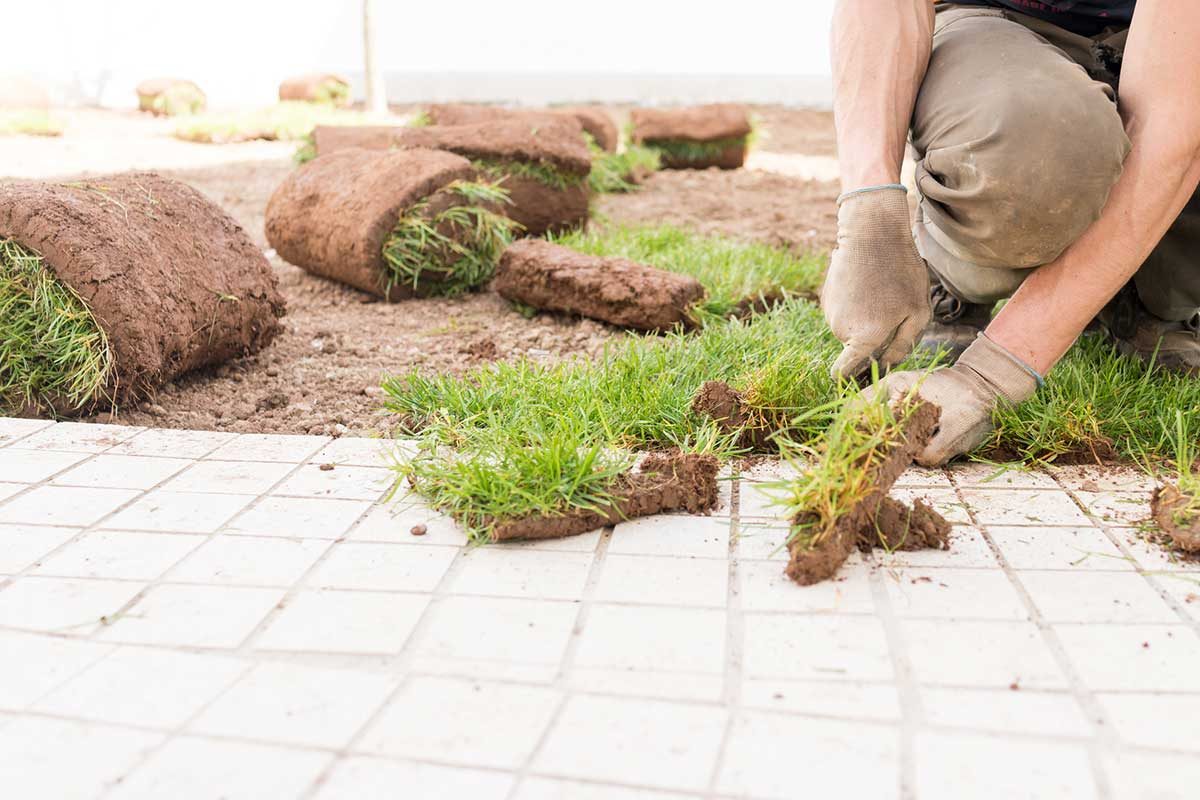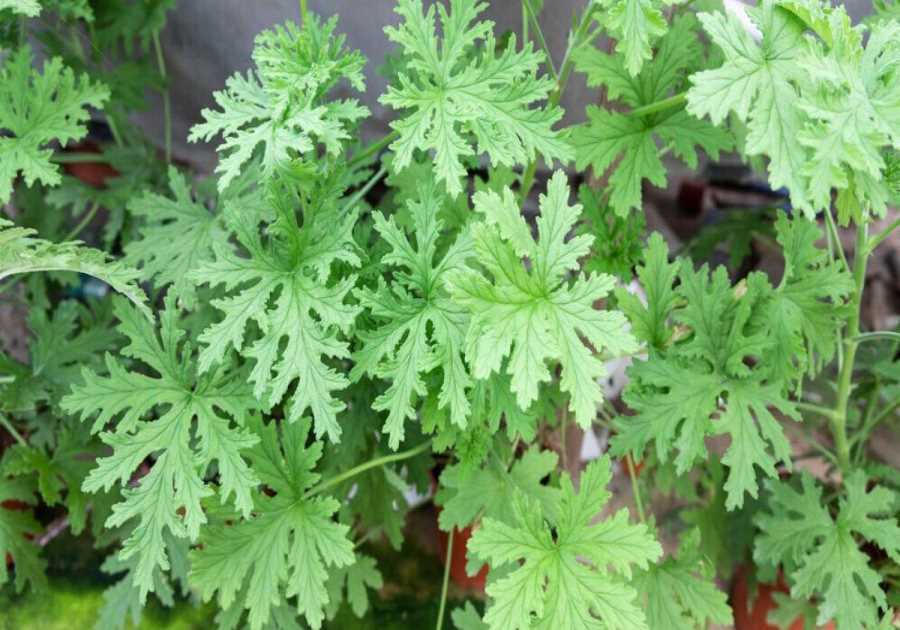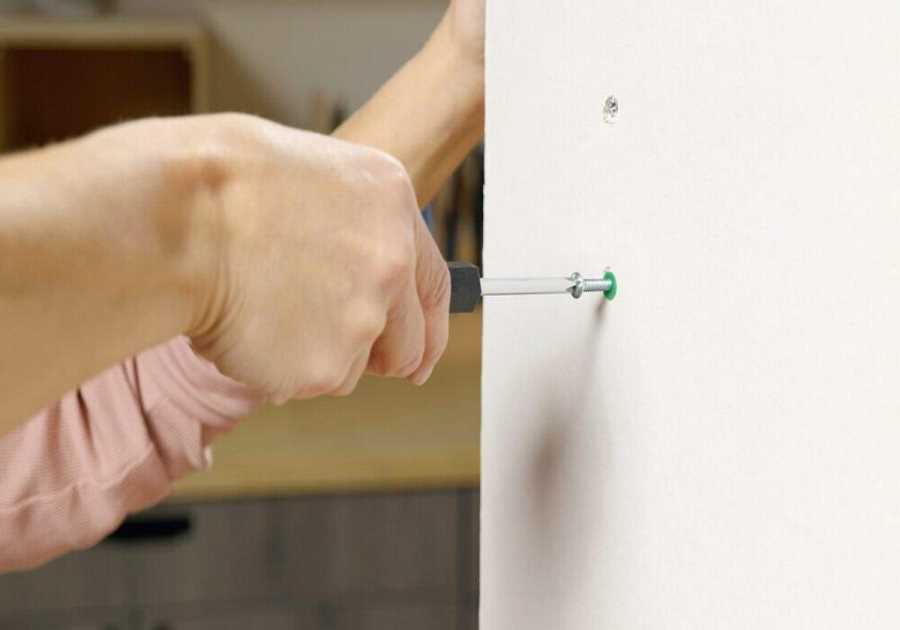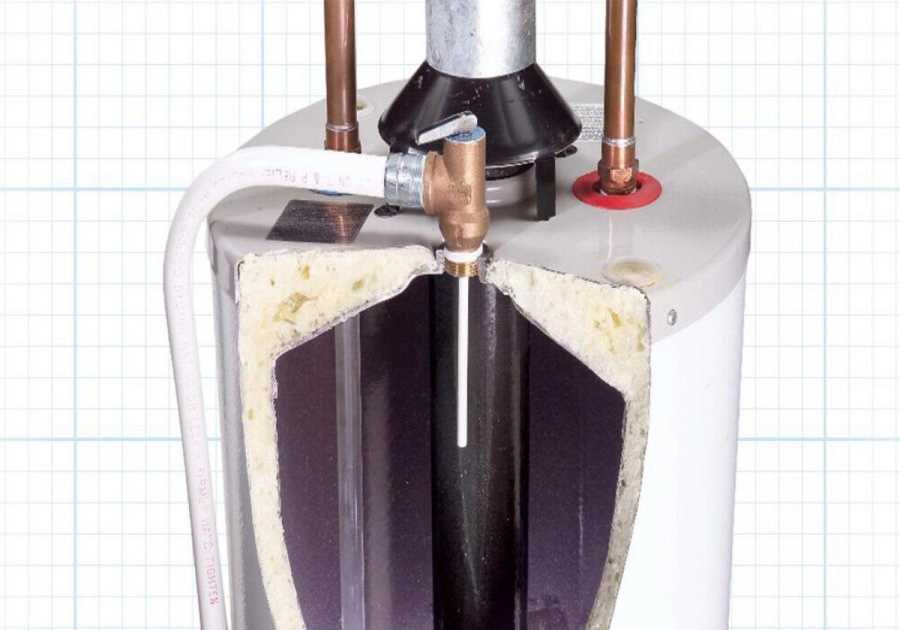Landscaping is one of the final stages in a new house or cabin build, but that doesn’t mean it should be an afterthought. Creating an attractive lawn and garden, and adding hardscape elements like a patio or deck, increases the overall value of your home and its curb appeal. It also makes your home or cabin feel more inviting and spacious by expanding the living area outdoors.
Figuring out how much your landscaping will cost can be a challenge, however. “Budgets are tricky because they are highly variable and significantly nuanced,” says Blythe Yost, CEO and co-founder of Tilly, an online landscape design company. Exactly what is included may depend on your specific building contractor.
A deck is probably included in the overall carpentry budget if it’s a new build or a big renovation. A patio is most likely a different line item, but it all depends on the builder and the project.
“If you’re working with a contractor, then generally anything outside the house itself that isn’t another structure — a shed or pool house, for example — could be included in your house build budget,” Yost says. “But ‘included’ is a hard word because you’ll still need to read the fine print.”
Plus, the landscaping choices you make for a new primary home are often different from those you make for a second home or cabin. And just like the budget for your house itself, the budget for landscaping has numerous elements, all of which can be adjusted depending on whether you want to splurge or save.
Here’s an overview of landscaping costs and how to create a realistic budget to avoid any unpleasant surprises at the end of your home build.
Landscaping Choices: Primary Home vs. Second Home or Cabin
How you use your primary home and your vacation home or cabin affects the house itself and the surrounding landscaping. Here are some things to keep in mind when designing and budgeting landscaping for either.
Maintenance
Because you’ll be spending most of your time at your primary residence, you can opt for landscaping that requires more regular maintenance. Putting in a few hours each weekend to weed flower beds, care for your lawn and prune ornamental trees is standard for many homeowners. For a second home, however, you will have to pay someone to look after the yard when you’re not there, so it’s best if the landscaping requires little TLC.
“Most people who have a second home want to go there and relax,” says Yost. “When designing for a second home, it’s important to make more maintenance-conscious landscaping decisions like selecting sturdier, more versatile plant material or simplifying the overall design to be less time-intensive to care for.”
Seasonality
You want your primary residence to look its best all year round because that’s where you and your family spend most of your time. Your second home, however, will probably get more use during specific seasons of the year, so the surrounding landscaping should be designed to peak then.
“For example, a beach house will be best served by July to September blooming flowers, because any of the spring bloomers may be missed,” Yost says. “Similarly, when thinking about a ski cabin, we’re careful to include evergreens and plants with good winter structure.”
Seasonality is also a factor when deciding what kind of hardscaping and carpentry to invest in. Decks, patios and other hardscaping elements are important for your primary home if you plan on entertaining or relaxing outdoors. If you don’t think you’ll use outdoor living spaces, limit them and keep your budget in check.
For a second home or cabin, outdoor living space is almost always a priority — unless, of course, you’re building a winter retreat.
Style
Most primary homes are part of a larger neighborhood. Landscaping is often designed to complement and enhance the predominant style adopted by the surrounding homes, either by choice or to fit neighborhood association guidelines. Vacation homes and cabins can be isolated or surrounded by untamed countryside, so anything goes.
“There is often less pressure to conform to tradition and convention when styling a second home and this can easily translate to the landscape and allow for more daring colors, materials or spaces,” says Yost. “We love the addition of eclectic outdoor sculpture at a second home or the use of an unconventional paving solution like reclaimed concrete or beach sand.”
Landscaping Budget Basics for First and Second Homes
Once you’ve considered maintenance, seasonality and style, it’s time to hammer out a budget that will reflect the real-life costs of finishing your yard.
The line items on a landscaping budget for a primary home and a second home are essentially the same. What changes is where you choose to invest more and where you can cut back. Here’s how to estimate and budget for landscaping costs, and some tweaks you can make.
Earthwork
The dirty work of grading and drainage is not the most glamorous part of landscaping, but investing in these helps avoid expensive repairs later. Whether you’re completing your primary or second home, this is an important line item.
“It’s easy to skimp on steps like grading and soil improvement because their results are not immediately obvious,” Yost says. “However, the pitch of your land, direction of water flow and health of your soils are the foundation for your landscape and must be completed thoughtfully.”
Hardscaping
Finishing your home with hardscaping — walls, patios, an outdoor kitchen, walkways, stepping stones and driveways — can add tens of thousands of dollars to your landscaping costs, so consider this line item carefully when setting a budget. Again, confirm exactly which elements of hardscaping are included in your overall house build budget and which are not.
“Whether or not hardscaping is part of your landscaping budget or overall house build changes on a case by case basis,” Yost says. “You should always read the contract, taking into consideration what is included and ask lots of questions until you are clear.”
If your hardscaping budget is tight, she suggests reducing wall work, as walls are often the most expensive part of a project if you calculate cost by square footage. Leveling and paving an area is also labor- and materials-intensive, so consider reducing or eliminating patios to keep your budget in check.
“For a primary home, think about the longevity of the hardscape solutions you choose,” Yost says. “You may want a more permanent patio that can be used during many seasons.” With a vacation home, she suggests thinking outside the box for a more whimsical or flexible solution that may cost less, like incorporating lawn or sand into outdoor dining and lounge areas.
Wooden structures — decks, pergolas, fencing, etc. — quickly drive up costs, although they may seem a cheaper alternative to masonry hardscaping at first glance.
“People often think that wooden decks are less expensive than patios,” says Yost. “Though it’s true that a pressure-treated lumber deck may be cheaper to install than a natural stone patio, as soon as you layer on any sort of decking or railing upgrade such as composite or fiberglass materials, the deck quickly outpaces the patio.”
She suggests a natural stone patio at grade, which is less expensive to install than a deck.
Plantings and Lawn Installation

Like hardscaping, planting trees, shrubs and flowers and installing sod or seeding a lawn are items that can be tweaked to fit your budget and seasonality, especially for a second home. It may surprise you how much it will cost to populate your yard with plants and turfgrass.
“Most people don’t realize how expensive plants are,” says Yost. “And not only do the materials have to be purchased, but they also need to be installed. Plant installation is labor-intensive work that can take some time.” Planting beds also need to be prepared and mulched to ensure the newly installed plants thrive.
If you’re trying to cap costs in the short term, Yost suggests spreading out your planting over time. Begin with the larger trees and shrubs, which are the most difficult and disruptive to install. Later, you can add smaller shrubs, perennials and annuals to fill in.
“Have a plan to work toward so you know everything you plant has a purpose,” she says.
Irrigation and Lighting
These final touches may seem like small details, but they impact the level of maintenance your yard requires and how practical it is as an outdoor living space.
To keep your second home landscaping budget in check, consider planting a ground cover or turfgrass that doesn’t require much water to stay healthy. This way, you can skip an irrigation system. For a primary home, investing in an irrigation system upfront will save you countless hours of watering.
Lighting the yard of your primary home is an issue of safety and security as well as aesthetics, so consider splurging on this budget line item. A second home may be more of a stargazing retreat (and lighting in rural areas is more likely to attract swarms of bugs), so limit outdoor lighting to what is necessary for safety and security.
Did you miss our previous article...
https://rsssuperfeeds.com/life-hacks/the-best-places-to-buy-moving-boxes-at-a-cheap-price-or-for-free






